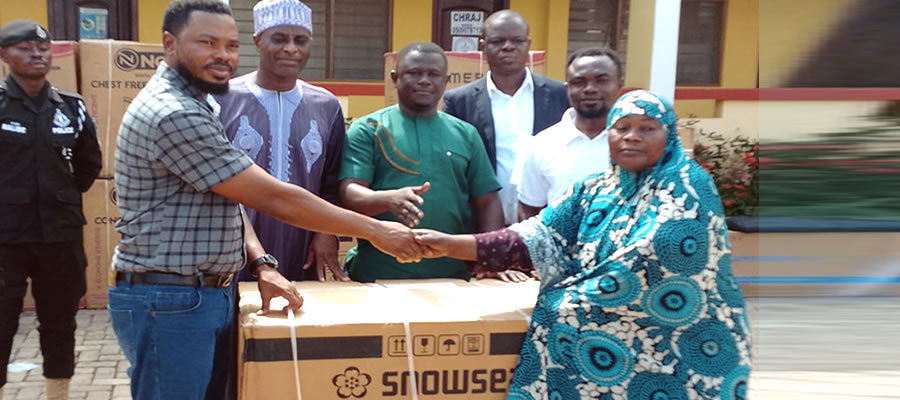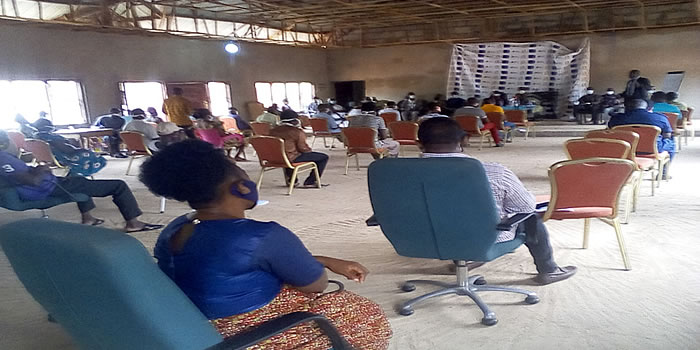

WATER SECURITY
Access to safe water is a pre-requisite for a healthy population. The availability of water systems, their functionality and the quality of water are necessary for the provision of safe water for drinking and domestic purposes.
Pru West enjoys only rural water services from rural water services from the Assembly with technical support from Community Water and Sanitation Agency(CWSA) and non-governmental organizations. A few small communities located along the distribution lines have also been connected to its system.
Data from baseline data collection by SMARTERWASH report indicates that 32.6% of the people had access to safe drinking water in the district. Practically, Small Town Piped Schemes (Prang and Abease) in Per-urban water services to the district have not kept pace with the high demand arising from the rapid population growth of these settlements. This situation has forced the Assembly to intervene by providing financial support to meet demand gaps while individuals have also constructed their limited mechanized piped systems due to the high demand and the quick returns they get on their investments. The situation is far from being resolved as new residential areas continue to spring up amidst the vulnerable nature of the schemes. Even residence in the peri-urban areas still struggle to meet their water needs owing to inefficiency.
In localities where rivers and streams are the major sources of water, there may be serious health implications for the people.
The provision and management of potable water has not been an easy task to the Assembly. The Assembly is currently faced with a number of challenges in its quest to make water accessible to the people. The challenges range from human to natural factors.
There is however potential pollution threats on the water bodies following the onshore oil and gas exploration within the district. Preventive measures ought to be considered by all key stakeholders including Environmental Protection Agency, Ghana National Petroleum Commission, Central Government, NGOs and CSOs in protecting both underground and surface water.
Key Development Issues
1. Occasional drying of handpumps
2. frequent break down of handpumps
3. unhygienic wells without protection
4. low water table
5. potential pollution from onshore oil exploration
6. inadequate logistics for field officers
7. low capacity of Water and Sanitation Management Teams(WSMTs)
Date Created : 7/6/2023 12:00:00 AM










 facebook
facebook
 twitter
twitter
 Youtube
Youtube
 +233 593 831 280
+233 593 831 280 0800 430 430
0800 430 430 GPS: GE-231-4383
GPS: GE-231-4383 info@ghanadistricts.com
info@ghanadistricts.com Box GP1044, Accra, Ghana
Box GP1044, Accra, Ghana